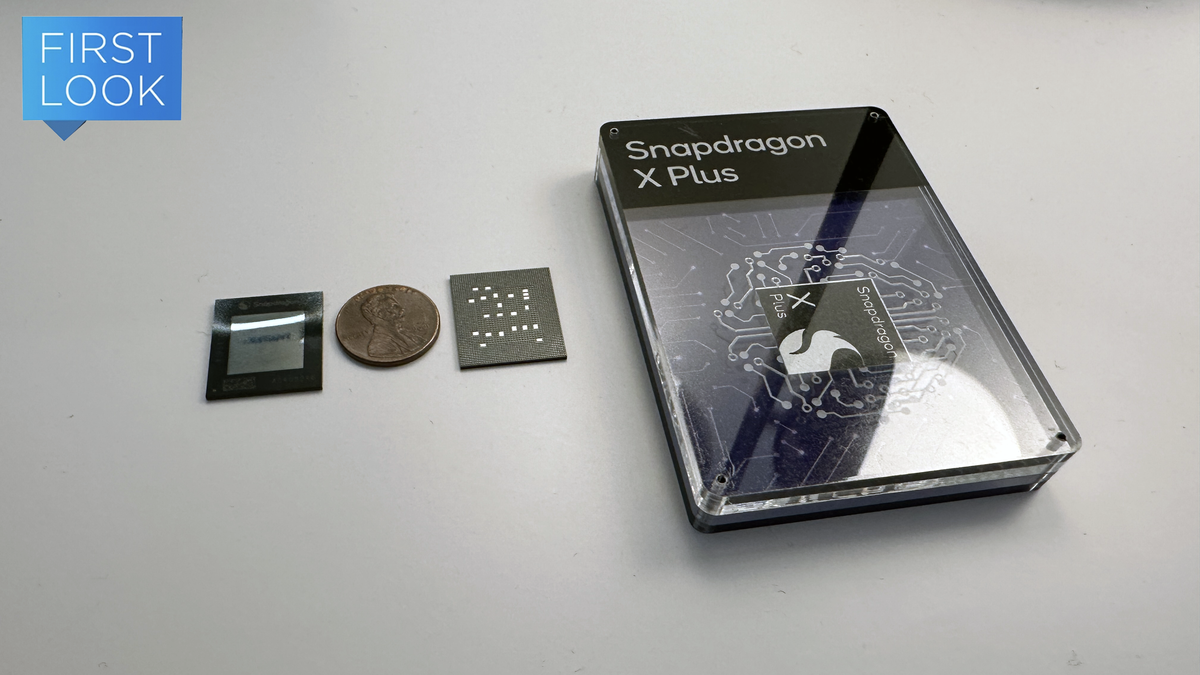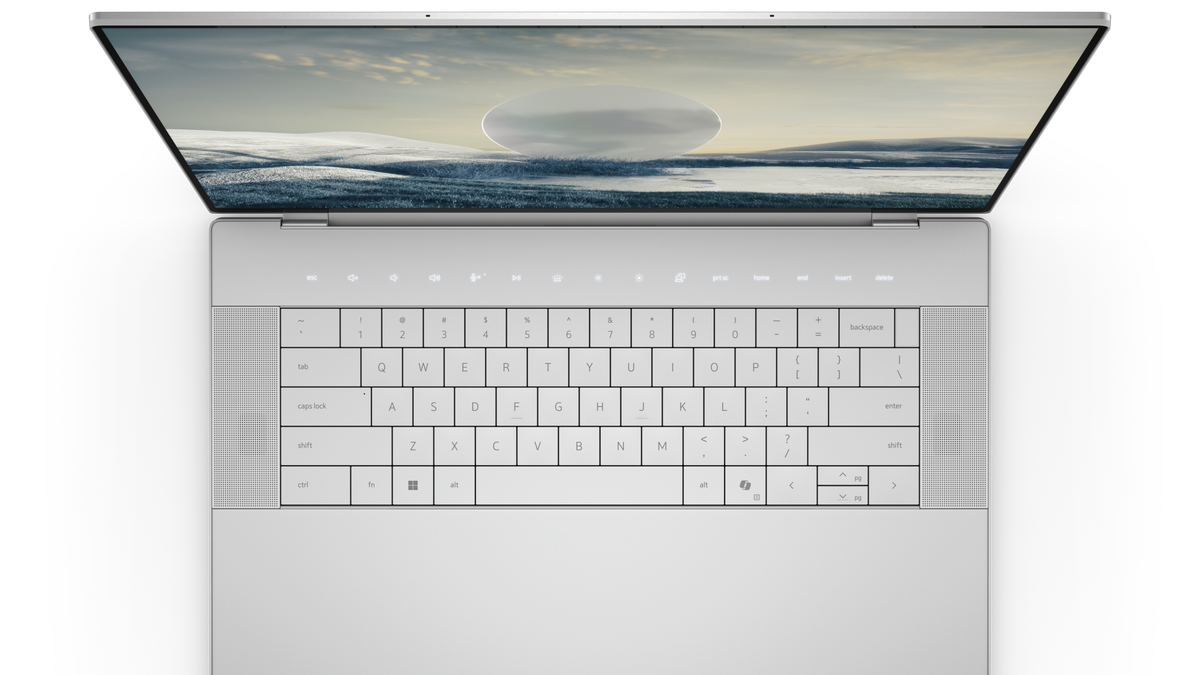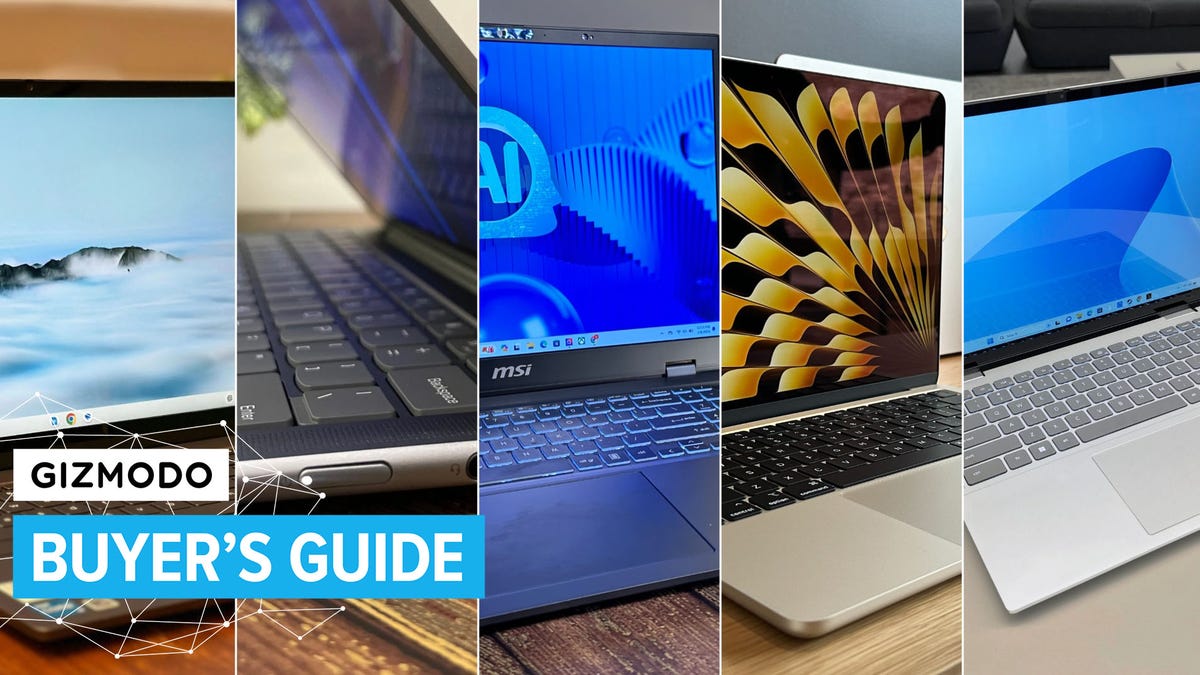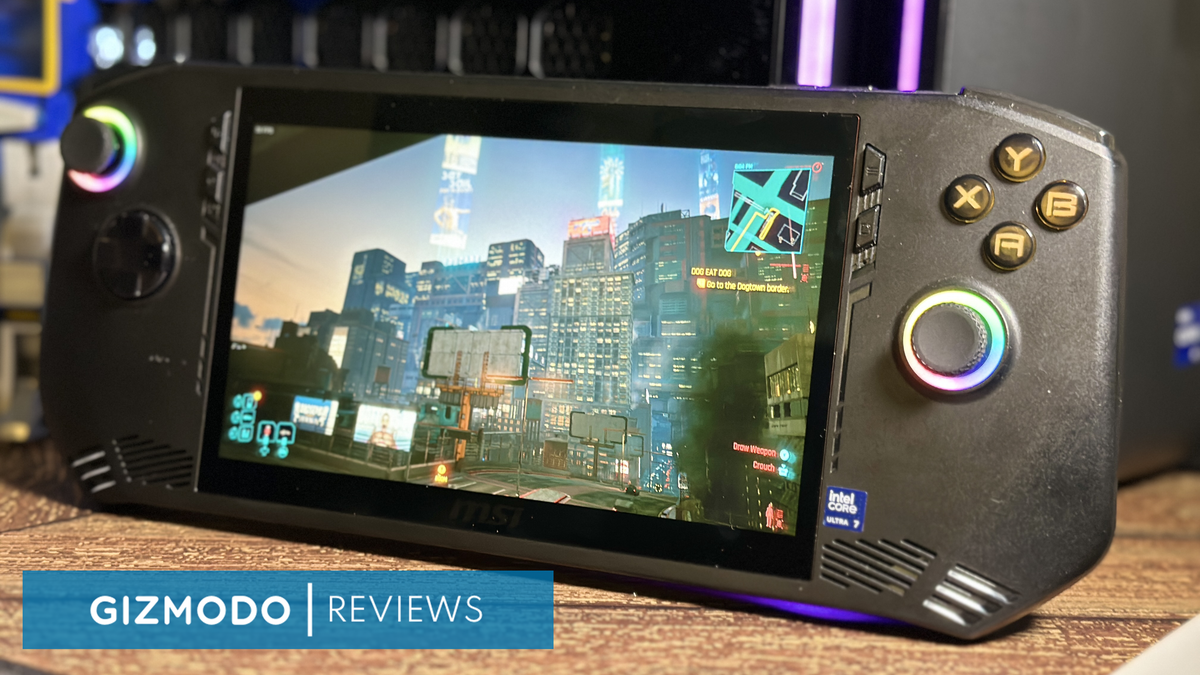Tired of the so-called AI PCs already? Buckle up because we, or perhaps the artificial intelligence, haven’t even begun to peak. More power-efficient ARM-based CPUs don’t get nearly as much limelight as the x86 type. Still, chipmaker Qualcomm is trying to turn your eyes toward its latest Snapdragon chips by promising the best AI performance out there on a consumer-end chip.
Sure, we’ve known about the Snapdragon X Elite for months, but now the chipmaker has a new PC CPU that’s the slightest bit more wallet-friendly, the Snapdragon X Plus, which will likely be powering a whole slew of PCs in the coming months. Maybe, just maybe, some app developers and Windows itself will finally deliver on the promise of on-device AI.
The Snapdragon X Elite is already boasting it will outmatch Intel’s x86 chips’ performance, requiring much less power. The Snapdragon X Plus is in the same vein, but it will be slightly slower than its bigger brother. Specifically, Qualcomm’s Geekbench 6 benchmarks show the X Plus is 37% faster and 54% more efficient than an Intel Core Ultra 7 155H that’s become so common in most of the mobile PCs released this year. Cinebench 2024 tests also showed it was a fair deal faster than Intel’s baseline Meteor Lake chip and the AMD Ryzen 9 7940HS.
Gizmodo had the opportunity to test some of these benchmarks on Qualcomm-made test machines. Though those benchmarks seemed to be accurate, we’d much prefer to have consumer-grade machines in hand to test them and compare. It can also be compared to Apple’s M3 chip, perhaps with a little less gusto. The M3 chip may still win out, especially in multi-core performance, but again, it’s something we’d much prefer to test in–house. Otherwise, the X Plus promises to support one internal laptop screen at 4K and 120 Hz or up to three external monitors at 4K and 60 Hz. It will also be WiFi 7 compatible and enable capture with up to a 4K HDR webcam.
What’s much harder to quantify is the AI performance. Qualcomm is hedging its bets on the quality of its NPU, which is the same as that of the X Elite and the X Plus. The chipmaker is claiming its NPU maxes at 45 TOPS, that being “trillions of operations per second.” Sure, that might mean Stable Diffusion running on-device can pump out a few deep fakes faster than the competition, but as always, these
There will be four SKUs in total for the Snapdragon X brand in 2024. The Elite X1E-84-100 is the tippy top with 12 cores, a max multithread frequency of 3.8 GHz, and a dual-core boost of 4.2 GHz. Without boring you, the two other versions of the elite top out at slightly lower speeds, and they don’t have the full GPU performance as the top end. We saw some Qualcomm machines running emulations of games like Baldur’s Gate III with an X Elite chip on framerates that hovered above 30, though on medium-to-low graphics settings. It’s a contention whether Qualcomm claims that the X Elite’s Adreno GPU should be gaming-capable when many games still don’t support the ARM architecture. Apple has been dealing with this problem for ages, and even after a big push with gaming in its M3 chip, the lack of playable titles still persists. I can’t imagine trying high-profile games on just the X Elite without a discrete GPU.
Meanwhile, the X Plus has only one SKU and sits at ten cores with 3.4 GHz of speed and no dual-core boost. It has 3.8 TFLOPs of GPU performance, but it also has an equivalent NPU as the X Elite. The more expensive chip will likely still outperform on AI compared to the X Plus because of its better GPU performance, but that all depends on how app makers try to use the AI architecture, or if any will at all.
What Does this Mean for AI Running on PC?
The X Plus and X Elite will be powering PCs in the future, though we still have yet to see anything other than rumors on which ones will be making their way into consumers’ hands sometime this summer. We can likely expect rereleases of existing work-grade laptops, though we don’t know what kind of price difference there will be between an X Plus and a Core Ultra 155H or an X Elite versus the Intel Core Ultra 9 185H.
Companies like Microsoft and Intel have inundated us with incredible AI promises for the last six months, and low and behold, it hasn’t fully shaken out like they said they would. We’ve tested a whole slew of laptops (the Meteor Lake chips have yet to have a desktop version), and while they’ve performed and benchmarked well, maybe even a cut above other mobile processors at their price point, they haven’t truly delivered on on-device AI. The NPU that’s supposed to handle routine intelligent tasks never seems to spin up, whether using background blur in Zoom or trying to use the dedicated Windows Copilot in Windows 11.
In conversations with Intel, we’ve been told repeatedly that the current generation of chips can power AI on-device. The top brass has told Gizmodo the problem isn’t so much on the chipmakers’ side but on the app developers. For once, it’s not the hardware folks trying to keep up with software demands but the other way around.
However, that precludes whether app developers are finding much use in hardware that will support AI and the massive cloud data centers from behemoths like Nvidia, OpenAI, and Microsoft. Microsoft’s Build conference is set for May 21, and there, we may finally get a glimpse of the next generation of Copilot, which will hopefully nix some of the obvious, growing problems we continue to have with Windows 11.
Chief among them, Copilot could turn into an actual AI assistant capable of turning settings on or off, adjusting your computer based on the context it’s running on, and generally be more than a glorified chatbot you can already find in Bing search. That’s based on early demos we’ve seen at some OEM’s PC showcases from last year, so we’ll have to wait and see what Microsoft has in store.








